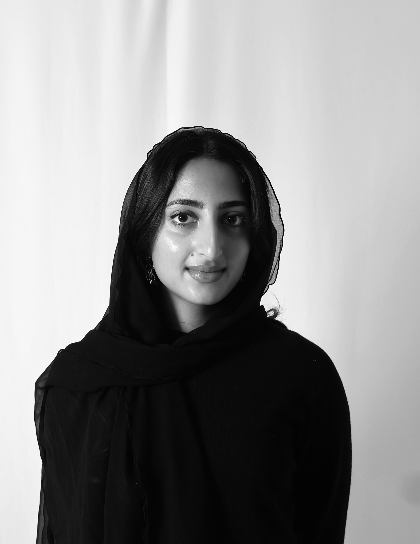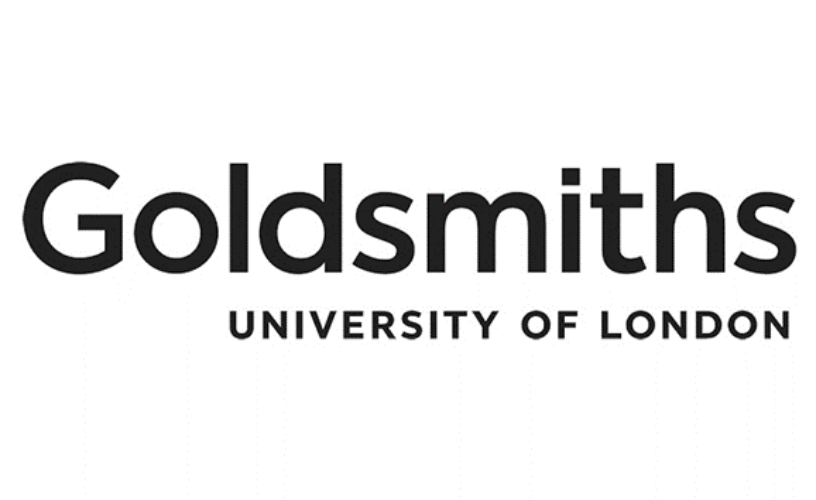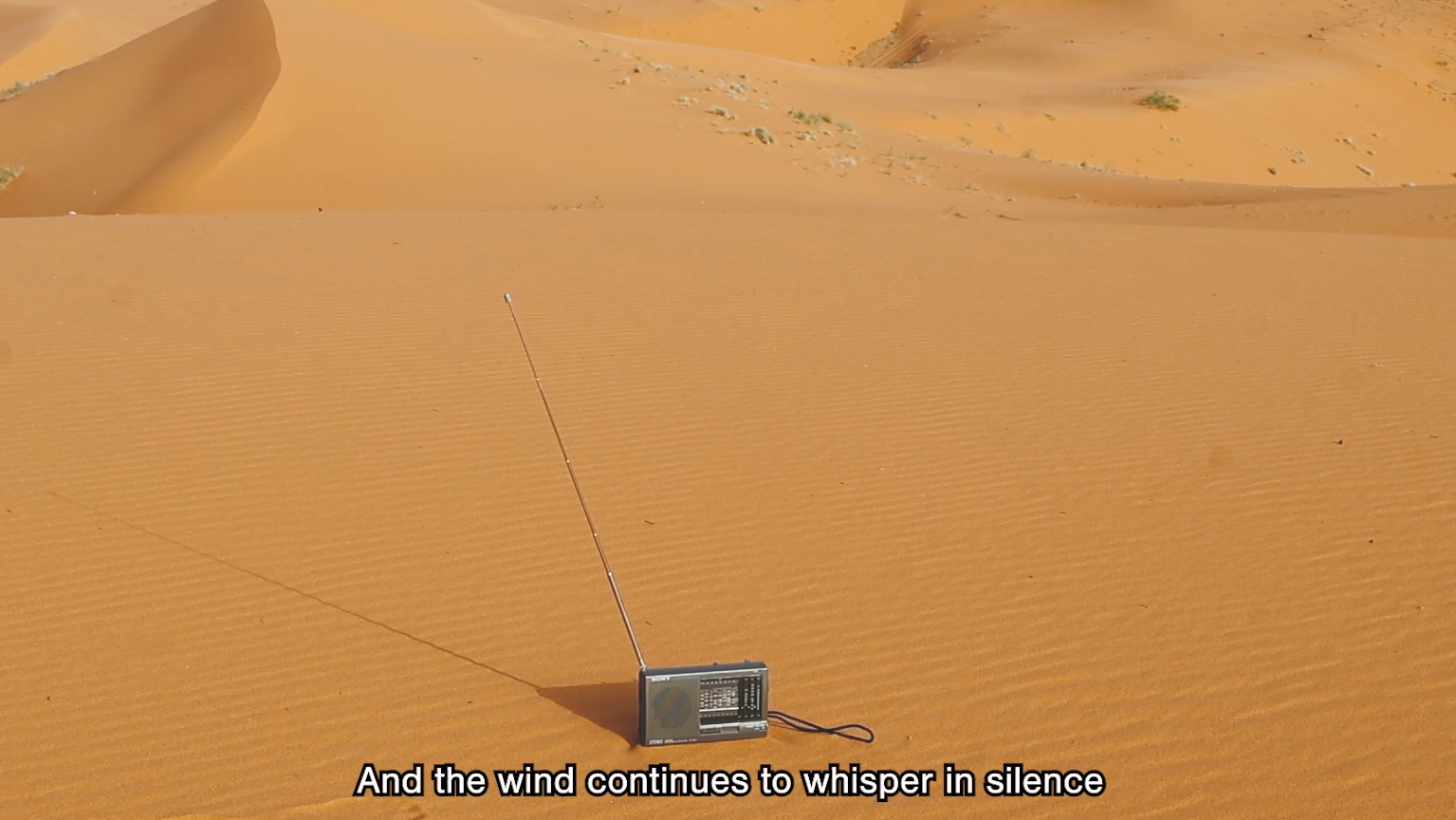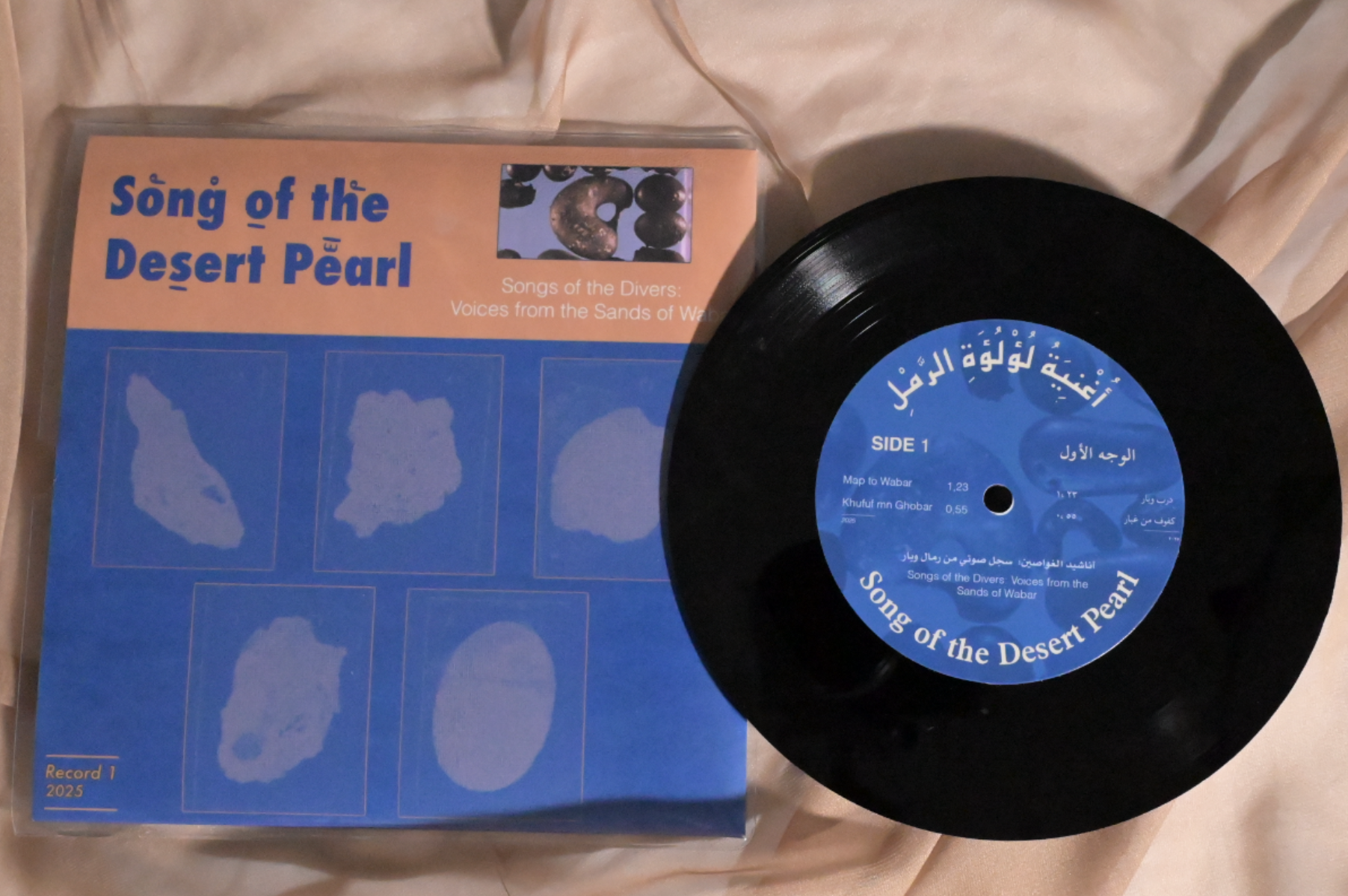Sarah Almutlaq
Design BA Hons
Goldsmiths University of London
Specialisms: Film / Storytelling / Photography
Location: Riyadh, Saudi Arabia


Sarah Almutlaq

First Name: Sarah
Last Name: Almutlaq
Specialisms: Film / Storytelling / Photography
Sectors:
My Location: Riyadh, Saudi Arabia
University / College: Goldsmiths University of London
Course / Program Title: Design BA Hons
About
Sarah Almutlaq is a Saudi designer and researcher based in London. She explores topics that sit at the intersection of people and culture by investigating the nuances of how society and culture interact. Striving to interrogate the roles of individuals within a tangible system and its impact on collective society.
Her projects depend heavily on research, and she employs several methods to inform her designs. Mainly starting with a curation of objects, these objects serve as catalysts for literary pieces, items for printmaking, and content for bookbinding.
To ground her research, Sarah collects her experiments in hand-bound books. Her research looks at the relationship between people, memory, and space. She is especially interested in how stories, folklore, and local practices shape the way we perceive our surroundings and how those perceptions can be redefined. Sarah works across film, writing, print, often extending materiality by experimenting with sound and other mediums to carry the narratives that emerge through her research.
Through poetry and song, Pearl Diving in the Desert navigates the Wabar impact site in the Empty Quarter. The project takes the form of a vinyl record composed of tracks inspired by traditional Gulf pearl diving music, where each song represents a moment or tool in the imagined journey of a desert pearl diver. Using the voice as a mapping device, the record reframes the Wabar meteorite, which crashed in the Empty Quarter roughly 400 years ago and remains suspended between science and legend. It explores the speculative and ritual role of sand in desert landscapes, seeking to dive for “Wabar pearls”, real impactites formed by the meteorite strike. The songs perform as counter-maps, offering an alternative navigation system rooted in rhythm and oral memory rather than formal cartography. In this way, the Empty Quarter becomes legible not through maps or written documentation, but through spoken word.
Competitions




